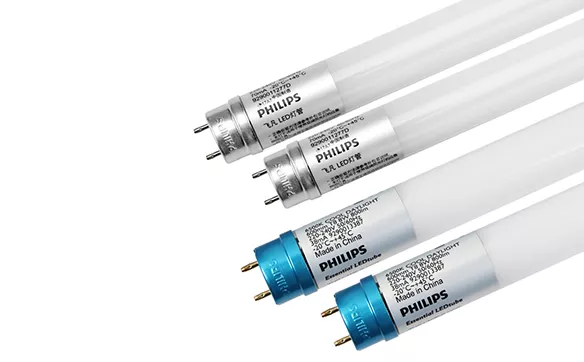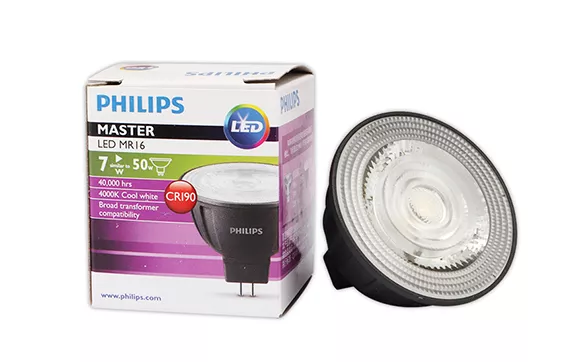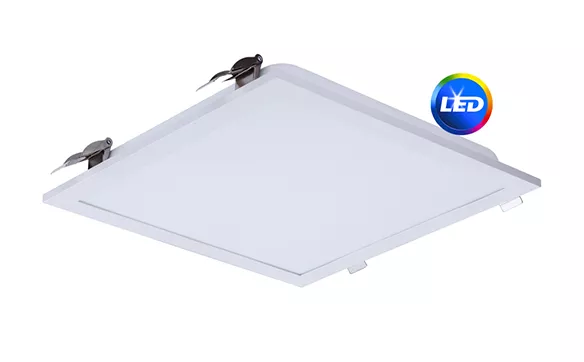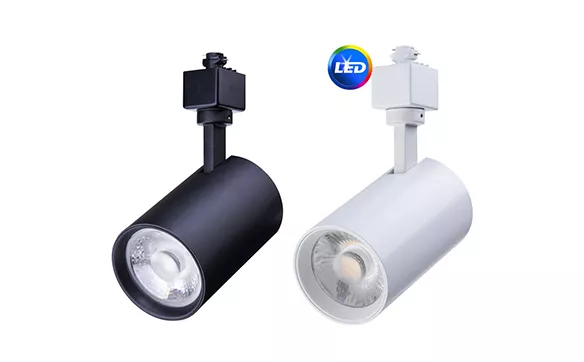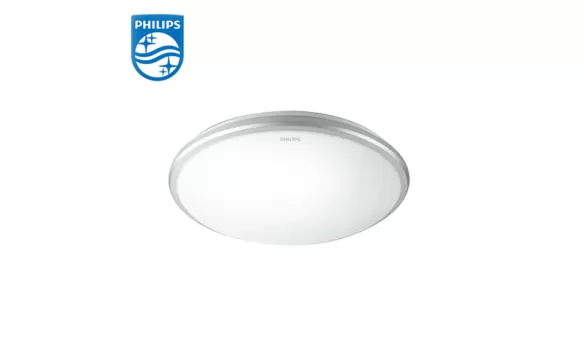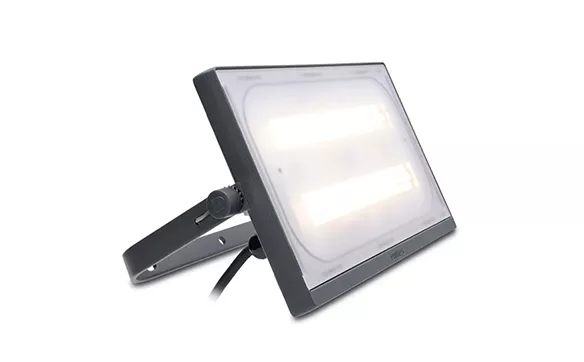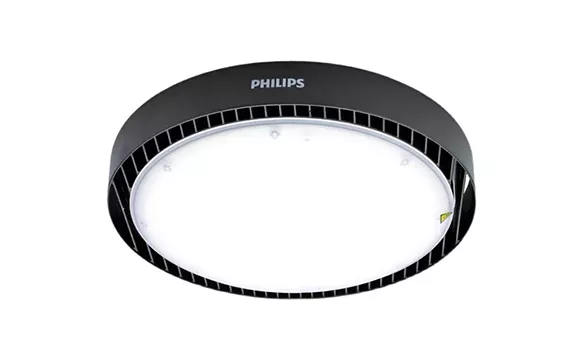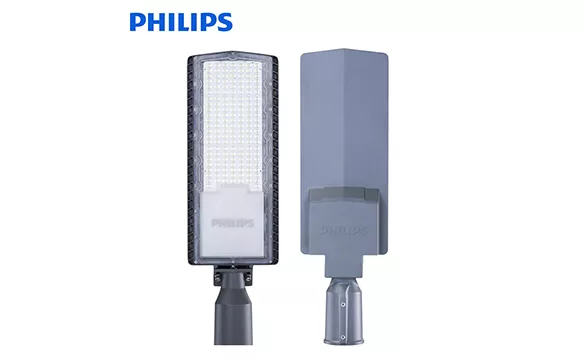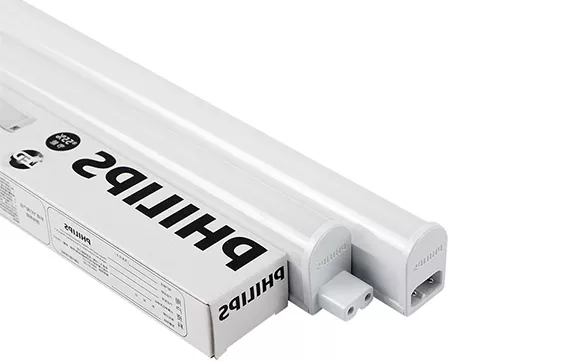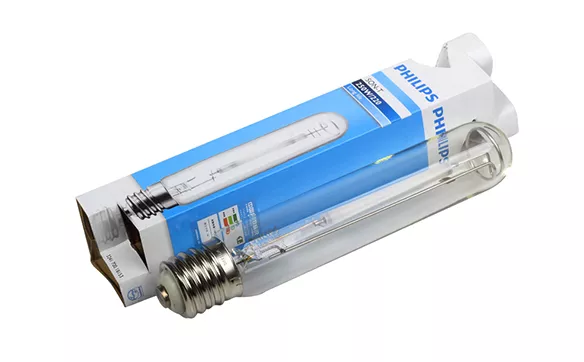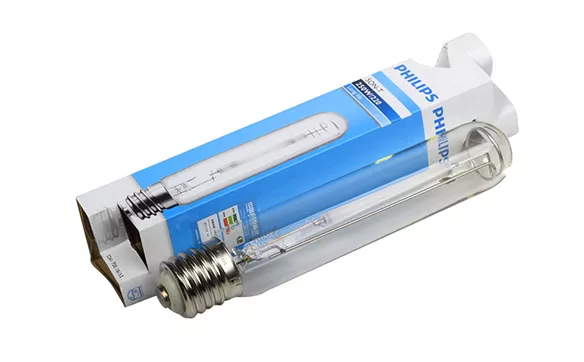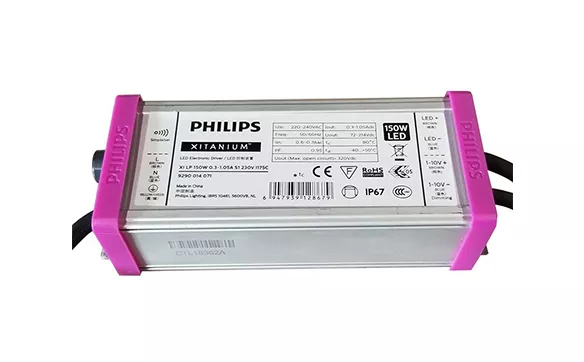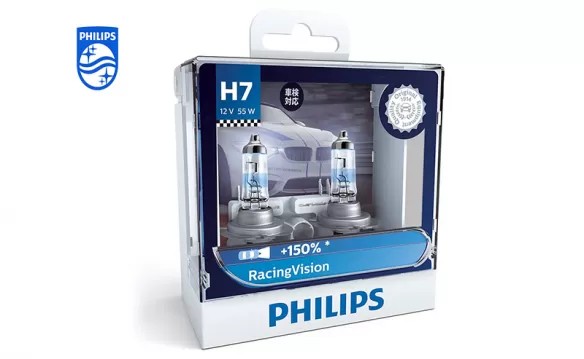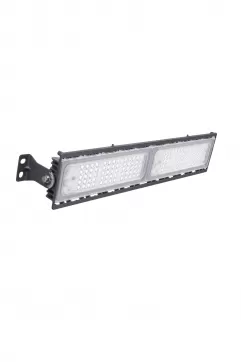LEDs have a lifespan of 15 to 20 years, making them a durable and long-lasting lighting option. They also exhibit up to 50 percent greater energy efficiency compared to traditional sodium bulbs. In addition to these advantages, improved street lighting can enhance public transport accessibility by diminishing the perception of danger and enhancing road visibility with superior light output.
What Are The Advantages Of LED Solar Street Light?
The street lighting system relies heavily on the battery and solar panels, with the durability of the street lamp ensured by the use of premium materials, guaranteeing a service life of 5 years. The LED solar street light offers significant cost savings compared to conventional street lights. It is essential to consider all these factors when purchasing solar-powered street lights.
Through the above, a solar street light adopted a good quality material with good performance, the service life can reach 3-5 years, and the key component that affects the service life of the solar street light is a battery. Because of their energy efficiency and long lifespan, LED street lights are advocated as a means to reduce carbon emissions.
During the day, solar panels absorb energy, storing it in batteries. The integration of solar panels enables the lights to be self-sufficient, leading to a significant reduction in energy consumption compared to conventional street lights.
Ensure that you choose a dependable manufacturer of LED solar street lights and carefully examine the warranty period provided. LED streetlights come with several advantages, boasting a longer lifespan compared to HPS (Sodium-vapor) lamps. These lights typically endure between 10 to 15 years and, unlike HPS lamps, they do not exhibit significant lumen depreciation over time.

Why are LED Street Lights Better?
Lumen depreciation is a phenomenon where the light output of a source diminishes over time. HPS lamps undergo faster lumen depreciation, dropping after just 2000 hours, resulting in increased maintenance costs due to reduced light output. In contrast, contemporary solar-powered street lights predominantly utilize LED light sources. Thanks to years of technological advancement, the service life of LED lights has remained consistently stable.
What is the Cost of LED Street Lights?
The popularity of LED street lights is on the rise due to their energy efficiency, extended lifespan, and aesthetic appeal. However, they come at a considerable cost. A standard installation typically amounts to around $10,000, with prices varying based on the size of the designated area. Although these figures may appear high, they remain more budget-friendly compared to traditional lighting alternatives like sodium vapor lamps, which can exceed $30,000 per light fixture. Additionally, LED street lights offer enhanced safety, emitting only visible wavelengths of light and avoiding the ultraviolet light associated with the risk of skin cancer, a feature absent in traditional bulbs.
How Many Hours Does a LED Street Light Last?
A high-quality LED light theoretically has a lifespan of 50,000 hours, providing over 10 years of usage at 10 hours per day. Outdoor LED lights can achieve a service life of more than 5 years. In reality, they exhibit 50% greater efficiency than traditional sodium street lights and boast an impressive longevity of 20 to 25 years. This efficiency and durability are key reasons why a majority of the world is transitioning to LED outdoor lights.
Are LED Street Lights Safe for the Environment?
LED street lights pose no more harm to humans and animals than other street light types. The concern lies not in the light source itself but in the amount of emitted light falling within the short wavelength, often referred to as the “blue part” of the spectrum. Unlike other street lights, LED street lights offer the potential to control the emission of short wavelength light, with research suggesting they can influence a person's circadian rhythm. The continued presence of HPS lights is due to some remaining benefits for the community.
Beyond their extended lifespan and increased efficiency, leading to significant energy and cost savings despite higher initial costs, LED street lighting presents additional potential advantages. We've compiled various informative resources on this topic to dispel common myths about LED street lights. Smart LED street lights are equipped with automatic dimming and brightness features, allowing the customization of lighting modes based on area requirements. These lights emit directional light only, eliminating the production of a spherical glow in all directions, as seen in most traditional lights.




